When the alewives return to central Maine in the spring, for the first time in decades they will have an uninterrupted migration to China Lake. That’s thanks to the completion of a years-long project spearheaded by the conservation group Maine Rivers.
The Yarmouth-based organization recently completed a fishway at the China Lake Outlet Dam, removing a final barrier to alewife migration along the China Lake Outlet Stream — the sixth and final barrier to the fish’s migration to the lake and an ancestral breeding ground.
“Six-plus years we’ve had monthly calls for an hour, sometimes probably two or three hours, to sort out all of the logistics on these six different sites,” Maine Rivers Executive Director Landis Hudson said.
The alewife is a small gray fish, also known as river herring, that’s eaten by many other creatures — from eagles to otters to sea bass — making it a key part of Maine’s ecosystem. It spends most of its time in the ocean but travels up rivers to lakes and ponds to spawn in the spring.
The fish generally migrates upriver from mid-May to mid-June, depending on river temperature and flow.
But the annual travel of alewives faced many barriers, including man-made dams. For decades their migration was blocked. But the removal of the Edwards Dam on the Kennebec River in Augusta and the Fort Halifax Dam in Winslow, along with other restoration efforts, now allow the creatures to travel up the Sebasticook River again.
And the fish have returned in droves. At the Benton Falls Dam, which is farther up the Sebasticook, past the China Lake Outlet Stream, the number of alewives that travel through the dam’s fishway has skyrocketed.

In 2008, the alewife count was estimated at about 400,000. In 2018 the count had grown to a record 5.7 million, according to the Maine Department of Marine Resources.
In recent years the alewives traveled up the Kennebec River, over to the Sebasticook and headed toward the China Lake Outlet Stream, only to run into old dams. That’s where Maine Rivers came in. The organization started the China Lake Alewife Restoration Initiative.
There were two options for each dam: remove it, or install a fishway — a passageway for small aquatic wildlife.
The group worked with local residents and town governments to come up with the best option for each spot. A fishway allows a dam to remain in place, but dam removal is much cheaper and benefits the broader ecosystem in an area, said Matt Streeter, project manager for Maine Rivers’ Alewife Restoration Initiative.
In the end, three dams — Lombard Dam, Masse Dam and Morneau Dam — were removed, and fishways were installed at Box Mill Dam, Ladd Dam and Outlet Dam.
The Masse Dam removal was one of the first tackled in the project, some 10 years ago. Today, the area is transformed.
A small pond near the dam is now gone. The area that used to be underwater has filled in with native plants, and the stream flows freely.
“It’s really full stream restoration,” Streeter said. “And it just looks like a beautiful field, but it’s so much more than that. It’s really easy to be excited about the fishways but the real full stream restoration, the ecological impact,is even more exciting.”
The Box Mill fishway was installed just last year and required more of an aesthetic approach than the others. The dam and fishway are right next to Olde Mill Place, owned by Raymond Breton. The building used to be a mill — hence the name — but Breton has breathed new life into it. There is a mountain bike course on the upstairs level, and the building is also used for everything from weddings to indoor baseball training.
“Ray had this pretty amazing vision to basically save, protect and use the mill as community space,” Hudson said. “And then when we tuned in and started talking about this stream, we had to get on his wavelength, figure out how we could build something here that would fit in, that (Ray) would like, and that would be something great for the community.”
When it came time to talk fishways, Breton said that the stream was a popular location for wedding photos and many high schoolers’ senior pictures, so it was important that the fishway blended with the rest of the landscape.
Unlike the sort of underground, grate-covered fishway at Ladd Dam, the fishway at Box Mill Dam is exposed and allows people in the springtime to see the alewives swim by.
“It’s like the new meeting the old, and it’s beautiful — it just blends in,” Breton said.
Next spring, for the first time in decades, alewives will have a clear migration to China Lake. It is a milestone for the alewives, but also for Hudson and Streeter, who have spent years working on the project.
“There are so many things that came together to make it a success,” Streeter said. “But what I look forward to is being able to do more of these and having more successes and having that be a point of reference for people who are looking at (restoring) other sites.”
Send questions/comments to the editors.


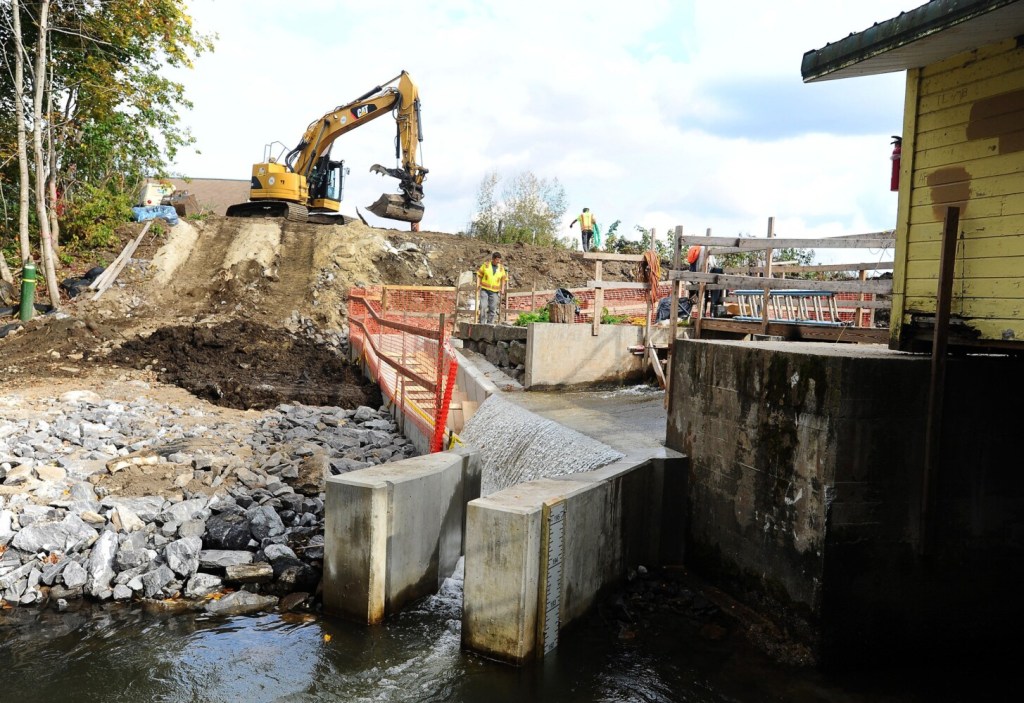
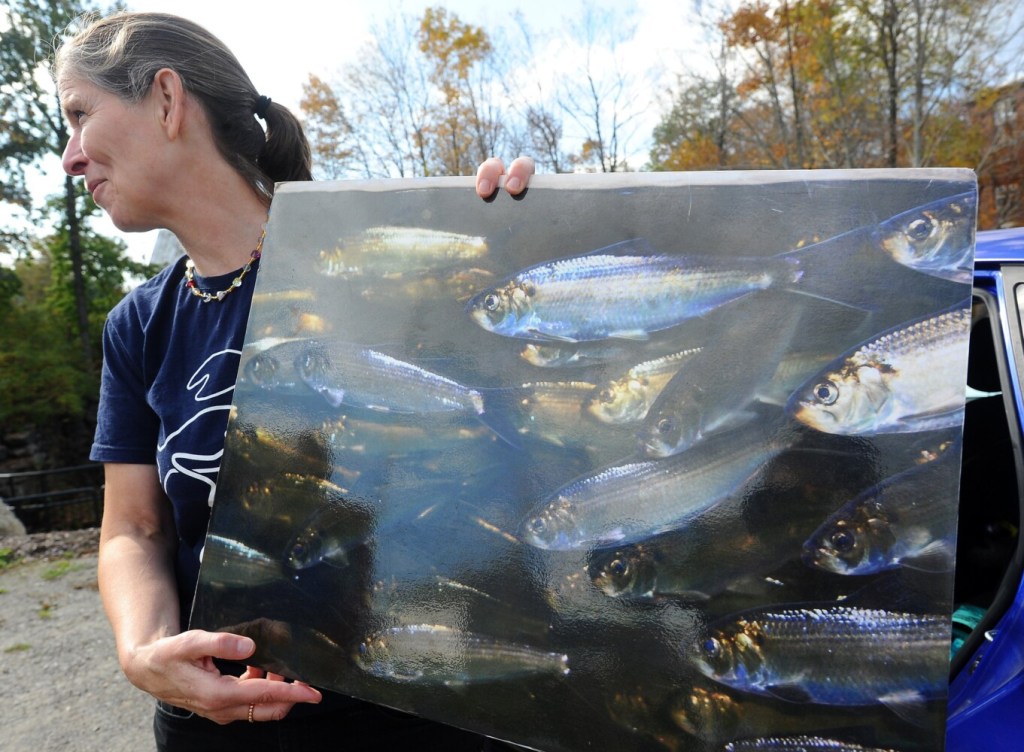
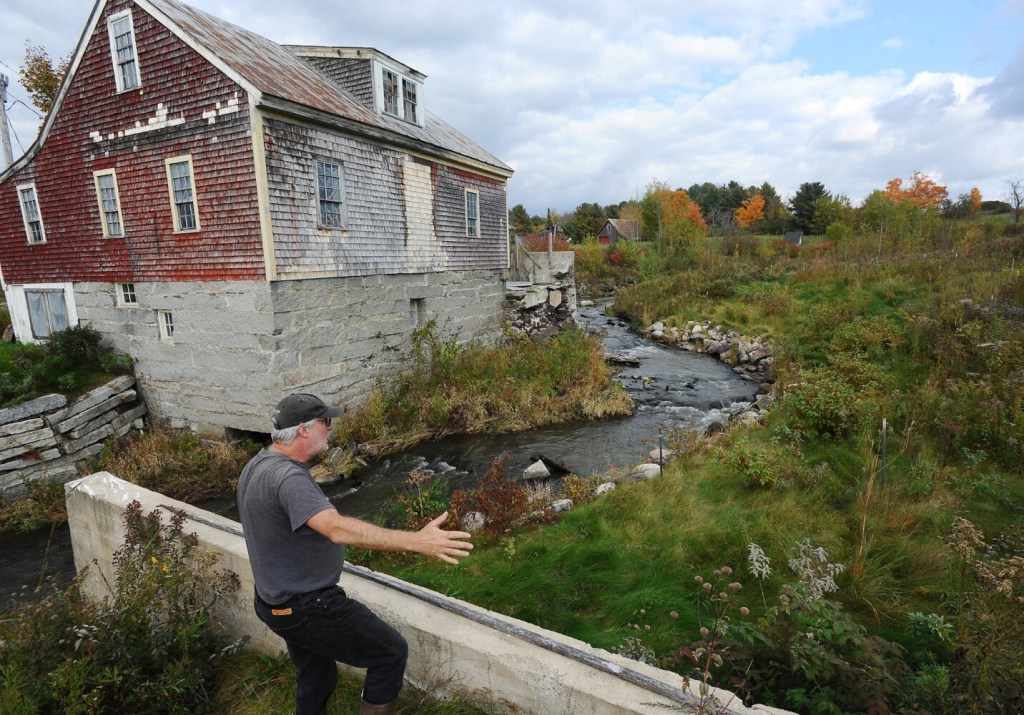
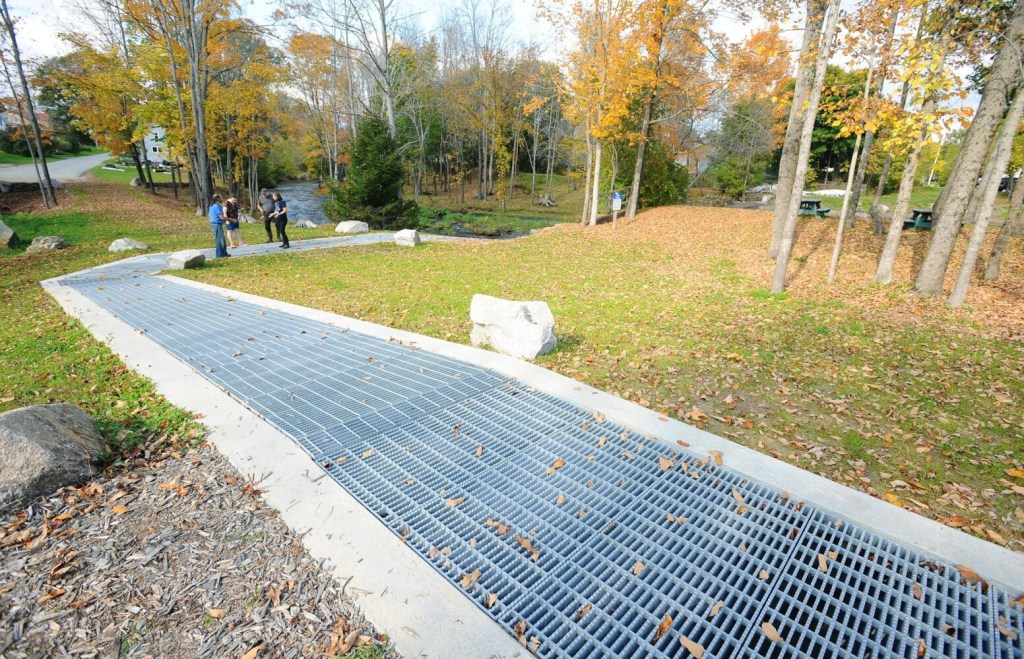

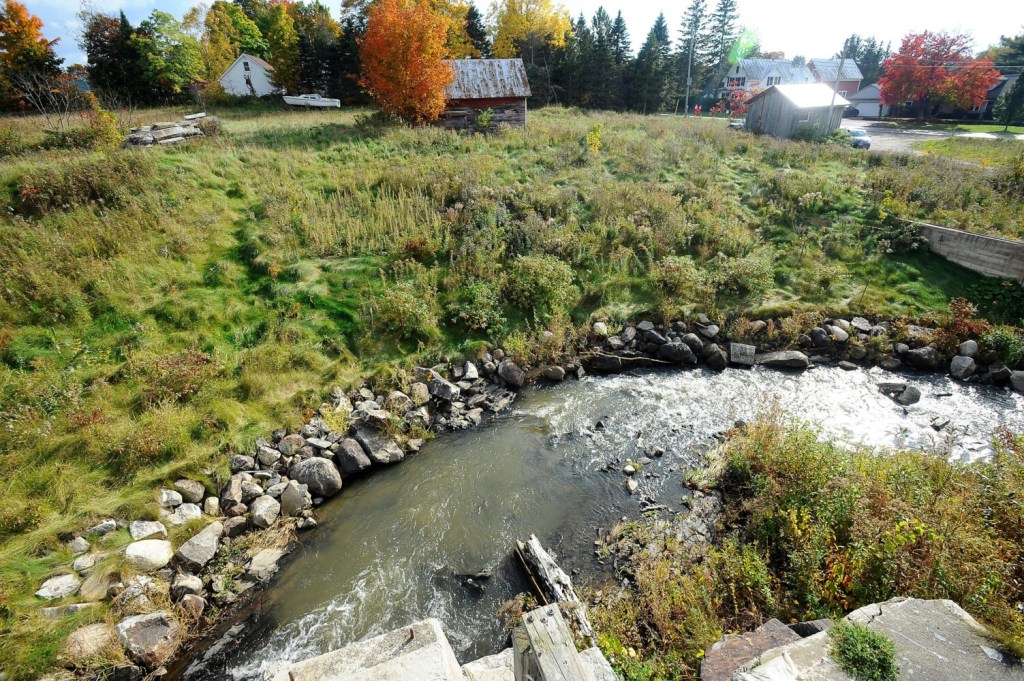
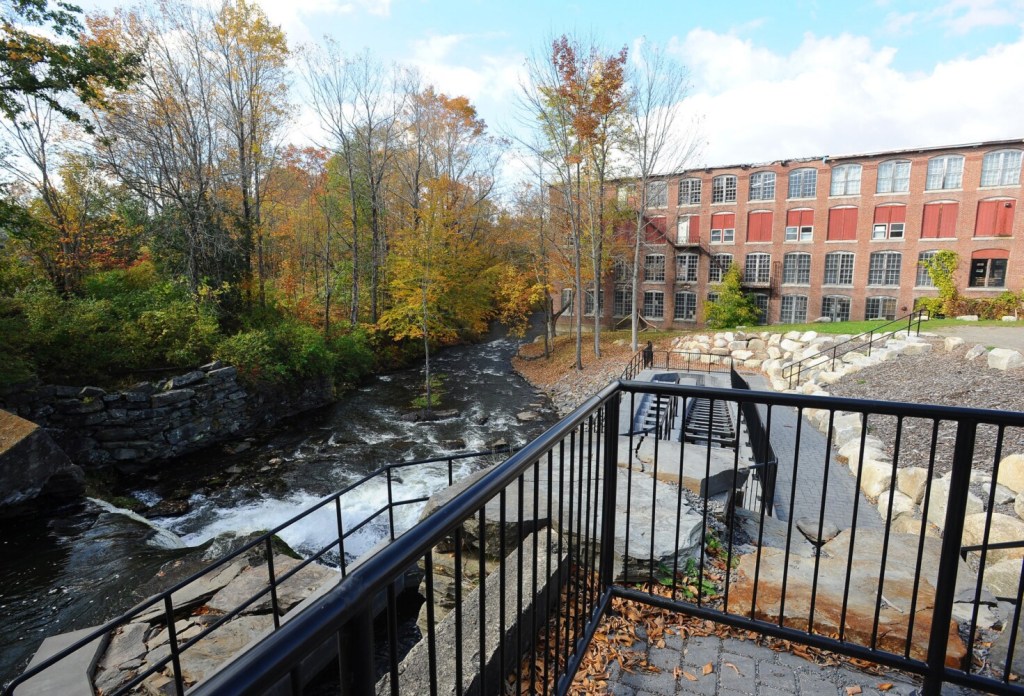
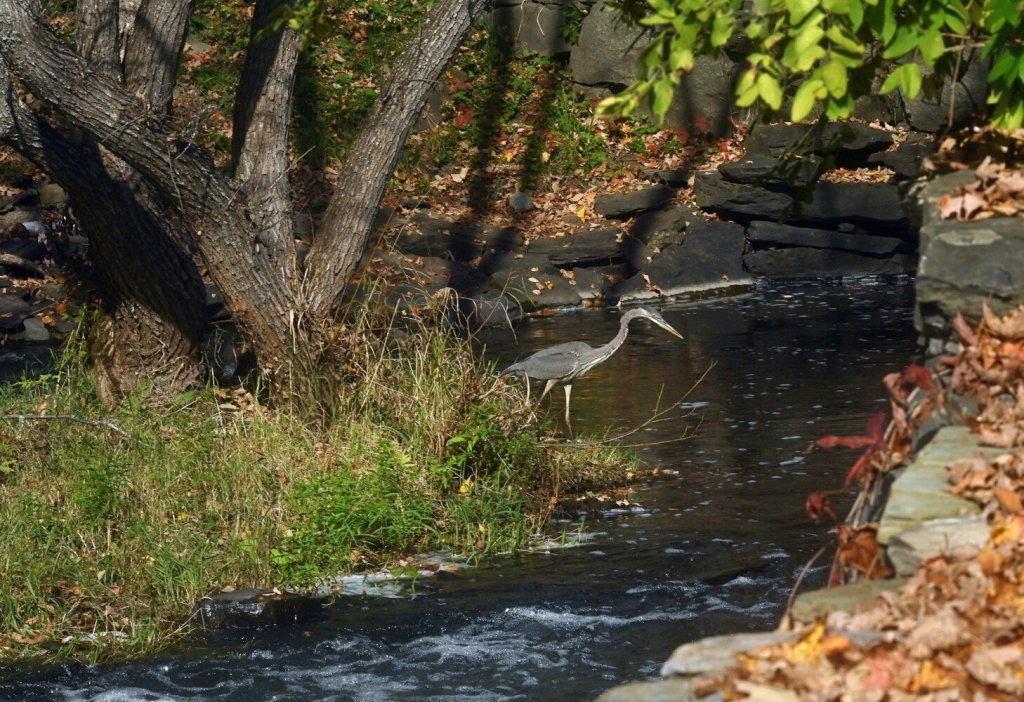


Success. Please wait for the page to reload. If the page does not reload within 5 seconds, please refresh the page.
Enter your email and password to access comments.
Hi, to comment on stories you must . This profile is in addition to your subscription and website login.
Already have a commenting profile? .
Invalid username/password.
Please check your email to confirm and complete your registration.
Only subscribers are eligible to post comments. Please subscribe or login first for digital access. Here’s why.
Use the form below to reset your password. When you've submitted your account email, we will send an email with a reset code.